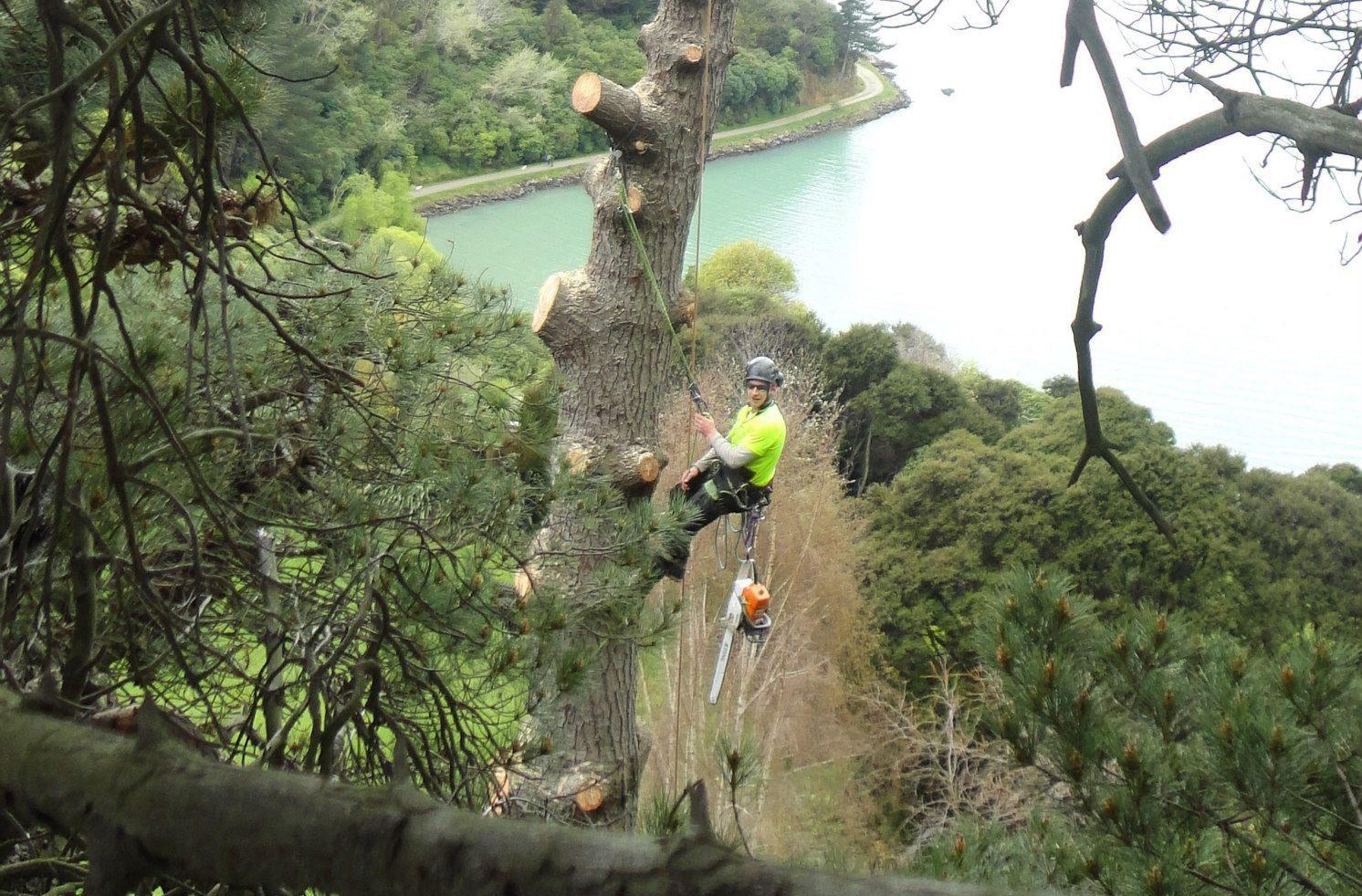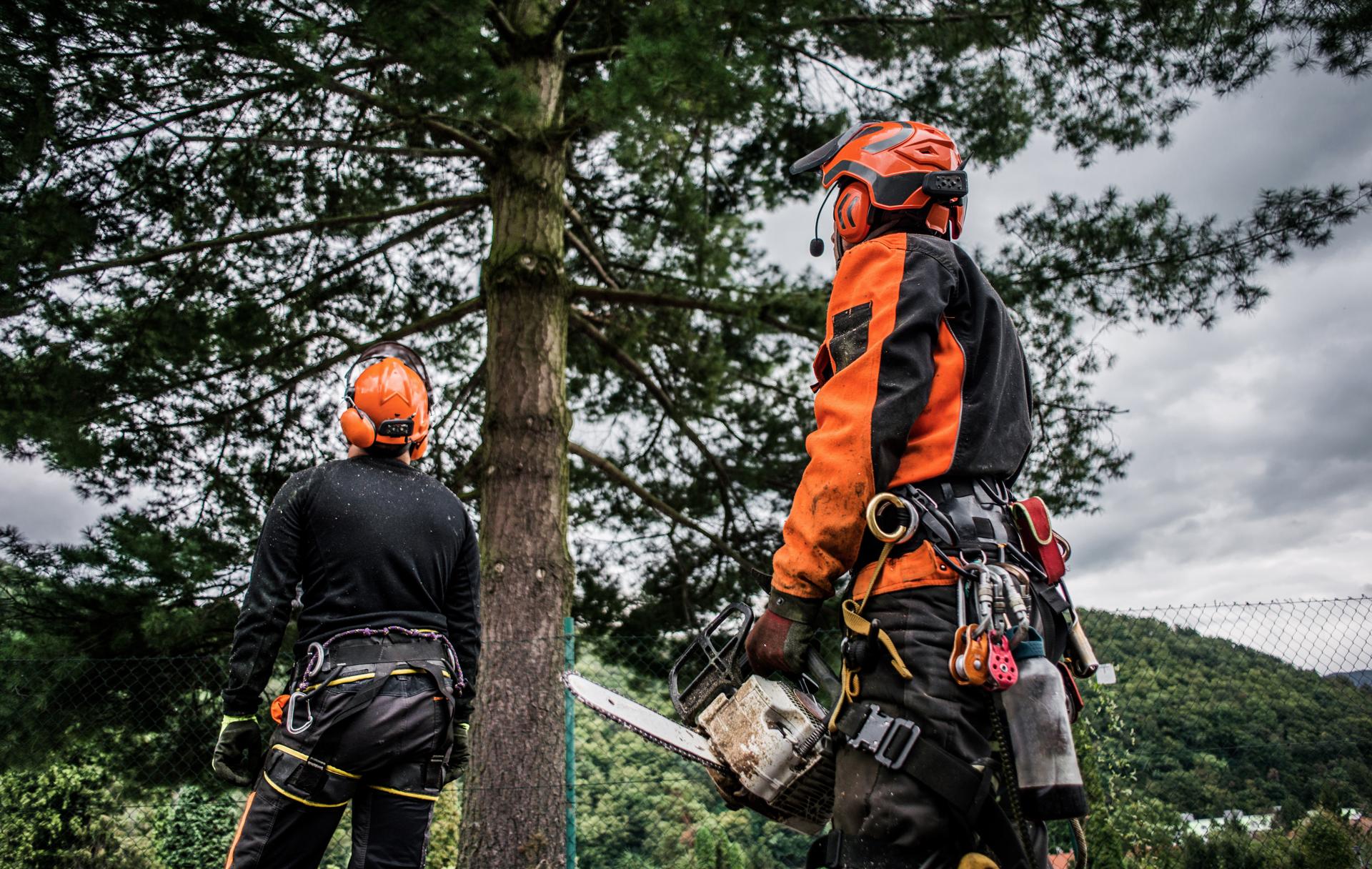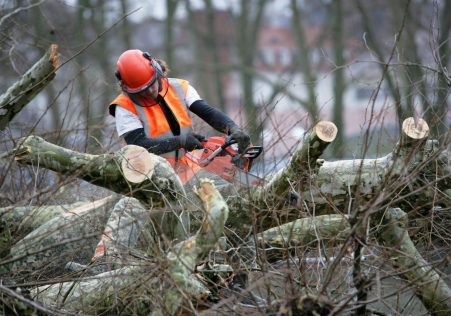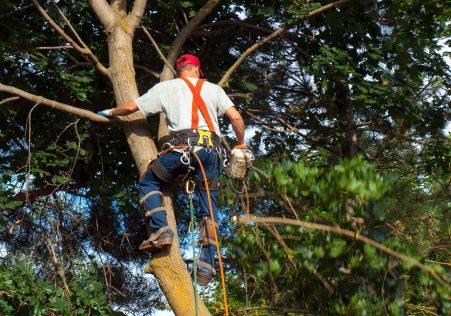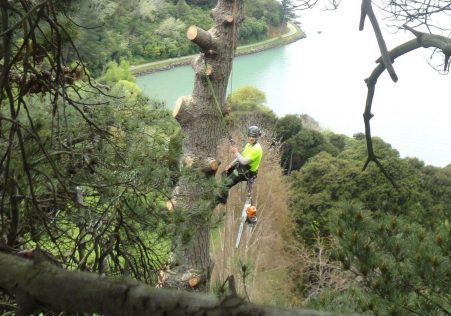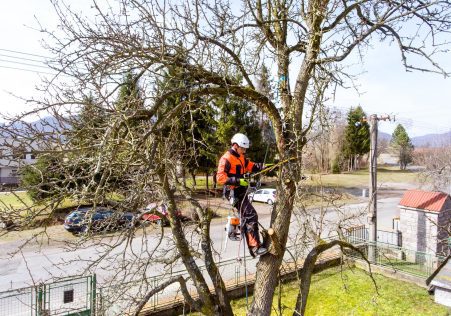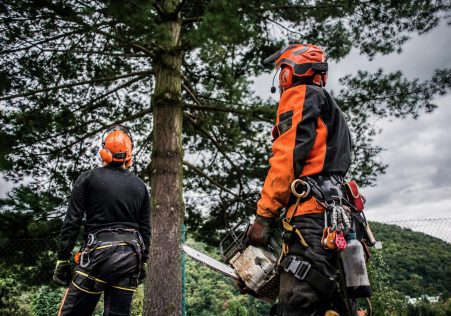Avoiding Tree Removal Mistakes: How to Know whether a Tree is protected
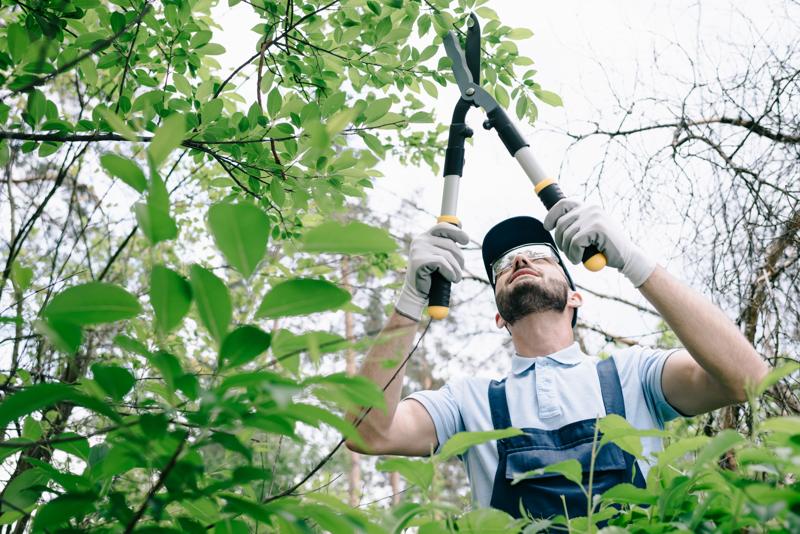
Trees play an important contribution to our ecosystem by providing shade, fresh air and aesthetic value our surroundings. However there are a few trees that aren’t equal and some carry an additional status of protection, making it illegal to do any work without obtaining permission. If you’re thinking of having a tree removed it is crucial to be aware of the status of protection for the tree being considered and the steps you need to take to comply with the law. This article we’ll help you understand the steps to determine if trees are protected and what you need be doing to make sure that you are acting within the law.
What exactly is a tree that is protected?
A protected tree can be subject to specific laws and regulations and it is unlawful to do works on a tree without the required permissions. There are two kinds of protection a tree may have - preservation and protection orders that are statutory.
Legal protection
As a matter of legal protection, trees are protected by law and are under the control of Tree Preservation Orders (TPOs). TPOs are issued by local authorities to protect trees of significant value to the public and ensure they are not destroyed or damaged.
Preservation orders
Preservation orders are similar to TPOs , but are put in place from the Secretary of State responsible for Environment. Trees with preservation orders are considered to have exceptional value and are protected from all work, which includes cutting down.
How can I tell whether a tree is safe?
To determine if the tree is protected, you must to determine if the tree is under an TPO or preservation orders. This can be done by contacting the local authority and asking them to search their archives.
TPO search
If you want to find the TPO to locate one, contact your local Tree or Woodland Official of your local authority, who can inform you if the tree is protected. They will also be able advise you on the next steps to follow if the tree is in a protected area.
Preservation order search
To search for a preservation permit, you will need to contact secretary of state for Environment. They can inform you if the tree is protected and give you the information you require and direction.
FAQs:
What happens if I conduct work on a tree that is protected without permission?
If you work on a protected tree without obtaining the necessary permissions, you could face substantial fines and even imprisonment.
Can I appeal to a TPO Or preservation or TPO?
You can appeal a TPO or preservation order if you believe it is unjustified. However, you will need to prove your claim and explain that the TPO or preservation order is not necessary.
Can I remove a protected tree?
It is illegal to remove trees that are protected without the required permissions. If you want removal of the tree, you will need to request permission and submit the evidence needed to prove your case.
Conclusion
In conclusion, discovering whether the tree is protected is a vital step in ensuring that tree work is legally completed. By understanding the different types of protection and the best way to check for them, you can ensure that you’re in compliance with the law and safeguarding the trees that you are responsible for. If you’re not sure about the nature of the protection of trees, we suggest seeking advice from a reputable tree specialist, such as Blacktown Tree Lopping. Our arborists are experienced and will be able to advise you regarding the status of protection of your trees, and will guide you through the steps to ensure you are following the laws. With our experience and dedication to providing high-quality tree services we will help you preserve the beauty and worth of your trees. Contact us today by calling 0480 024 203 to schedule a consultation, and let us assist you to ensure that your trees are protected and healthy.

